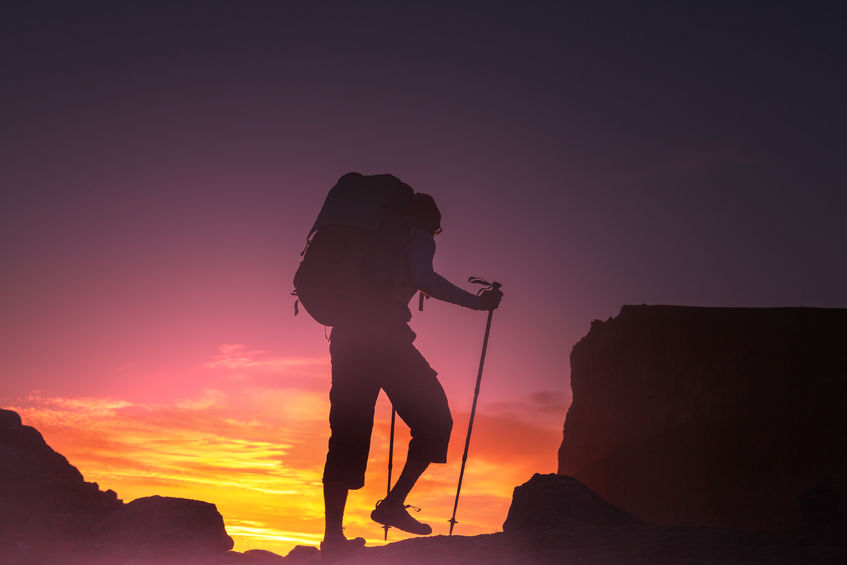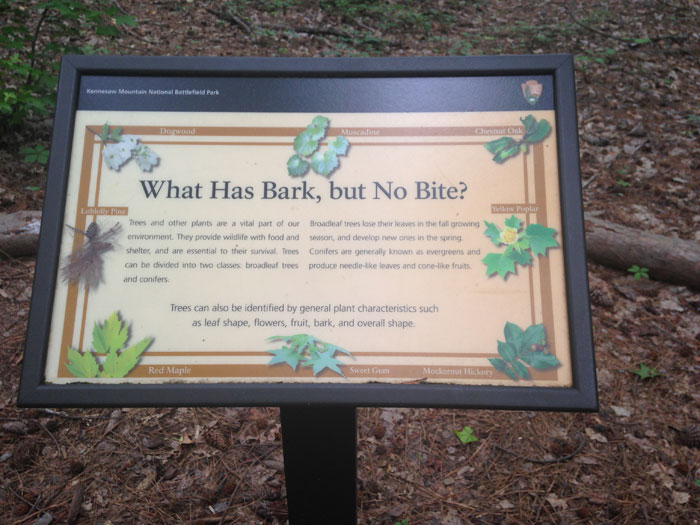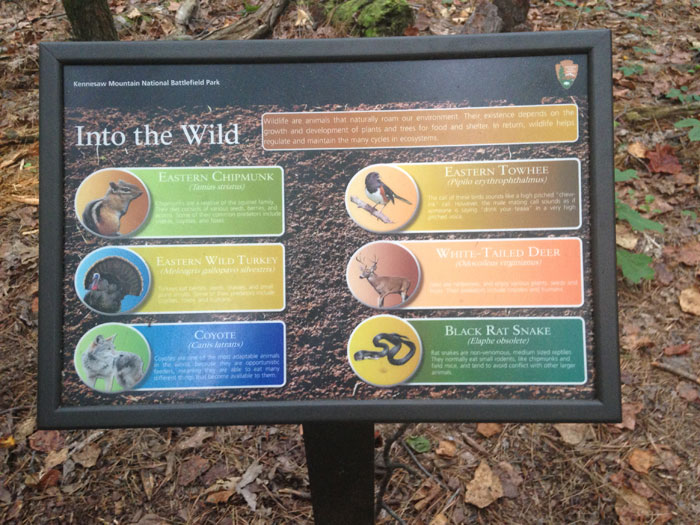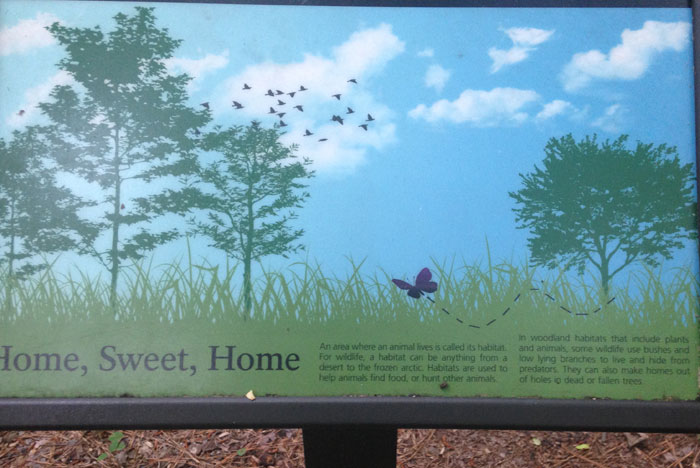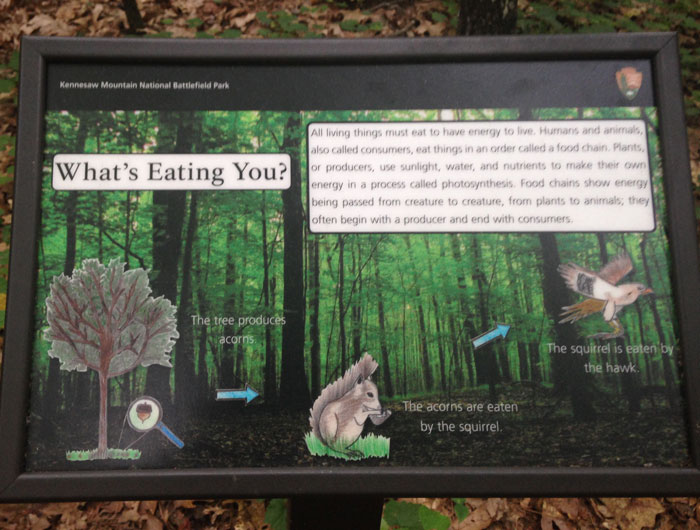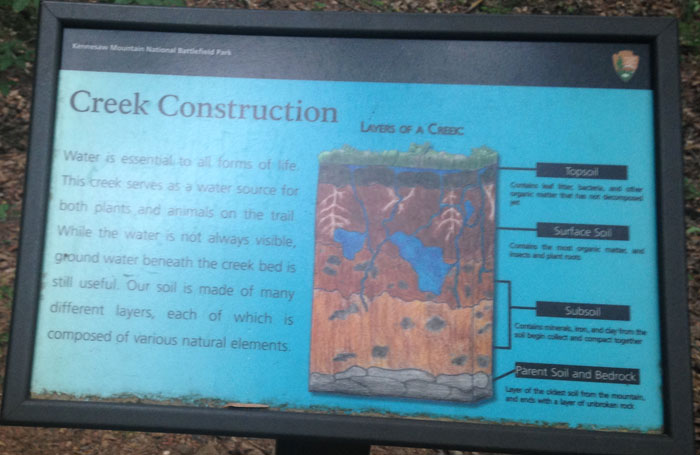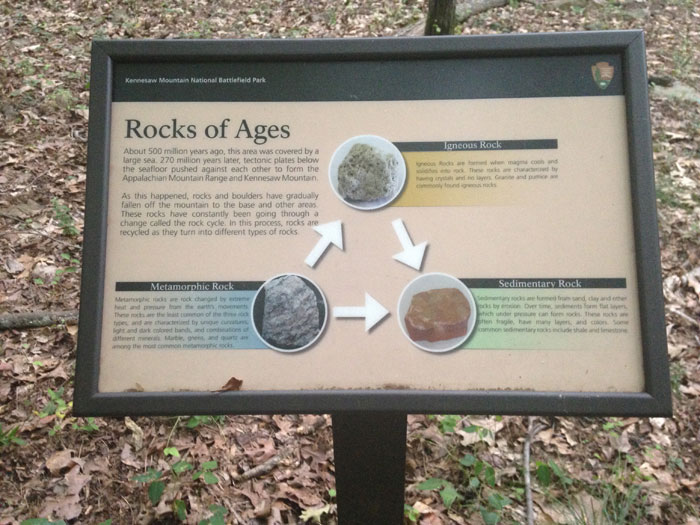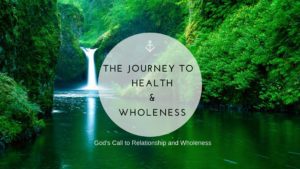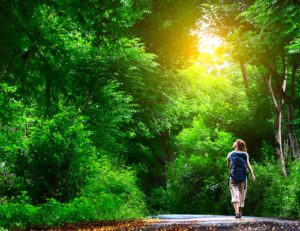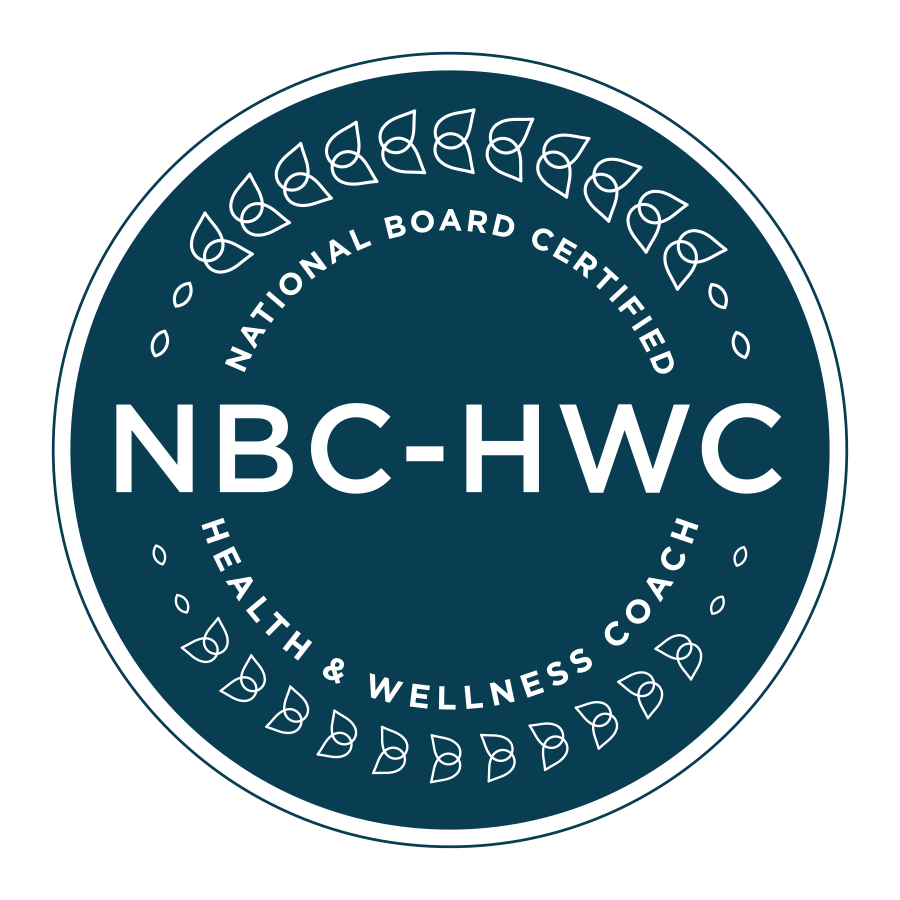There are some emotions we don’t have to learn: fear, sadness, and anger, for example. We seemed to have been born with them. Then there are others, which we seemed to have to learn such as empathy, gratitude and wonder. Wonder, in particular, is best cultivated in nature. It’s the natural response to the beauty of nature. Einstein, the German physicist said, “There are only two ways to live your life. One is as though nothing is a miracle. The other is as though everything is a miracle.” To see nature as the handiwork of God is to see it as a miracle. To see it as a miracle is to look at it with new eyes. To look at it with new eyes is to be reawakened—aware that one is alive. LiveLiving’s spiritual hike is a journey to wholeness—a reconnecting of body, mind and spirit to God through nature.
We move through life so quickly with earphones and cell phones that we lose touch with our souls. Even church becomes another busy place to work and serve others hardly ever finding rest for our weary souls. But nature has a way of slowing us down—drawing us close to see her beauty and terror. In the Bible, David made many references to nature. In Psalm 1 he describes our well-being to trees planted along the rivebank:
Oh, the joys of those who do not
follow the advice of the wicked,
or stand around with sinners,
or join in with mockers.
But they delight in the law of the Lord,
meditating on it day and night.
They are like trees planted along the riverbank,
bearing fruit each season.
Their leaves never wither,
and they prosper in all they do.
What would life be without trees? Trees are significant to our livelihood. One of the areas the spiritual hike will explore is the environmental section of the Kennesaw Mountain. The section is a serene, secluded area nestled among Maple, Sweet Gum, Chestnut oak, and Dogwood trees.
It’s amazing to enter this area and notice life and death all residing next to each other. Trees have died and new trees can be seen coming up. It is called the cycle of life. In order for life to occur or be regenerated death has to occur. If nature has a lesson in this for us, what possibly could she tell us about ourselves? What must die within us in order for life to occur? If we were to remove the self that protects us from hurt and pain, who would we be?
One day while taking a walk on the trail, I picked up a seed that had fallen. It had caught my eyes because it had a prickly exterior that reminded me of a porcupine. When I cracked it open, a nut or the actual seed was inside. Quite similarly, many times our true self is protected by this hard exterior called the false self. The false self helps us to survive.
Like the wildlife, the false self operates out of the fear.
These animals are more afraid of us than we are of them. They spend most of their time hiding, surviving in their natural habitat. But we were not meant to live like them—hiding and surviving in a habitat of fear. Frederick Buechner, an American writer and theologian says, “The original, shimmering self gets buried so deep that most of us end up hardly living out of it at all. Instead we live out all the other selves, which we are constantly putting on and taking off like coats and hats against the world’s weather.” Somehow the true self—“the original, shimmering self” gets buried under all the leaves and debris of life. We can spend our entire life playing so many different roles except the one that calls us to be ourselves—the one that leads us to our destiny and place where we thrive like the foliage and greenery. It is that place we can call “sweet home” where our souls can find rest.
The truth of the matter is there will always be that uneasiness within us until we find that place of love where we operate within our gifts. Like nomads on this Earth we wonder from place to place or perhaps we remain stuck—afraid to move lest we find out that the grass is not greener on the other side. So the question is what’s eating us? When we are in survival mode, something is sapping our energy. Many times if we haven’t worked through our hurt trail in life, it is likely that the secrets we have kept hidden steal our energy. It requires energy to keep these secrets hidden. David Allen, M.D., one of the spiritual hike leaders, says, “The important thing about our past is not what happened, but what we have done with what happened. This process of working through our hurt trail allows us to gain a sense of closure on the past and get on with our lives.”
As human beings, we are meant to thrive, flourish and grow. Unless we confront our fears and shame, we remain stagnant in life. We dry up like a raisin in the sun. There are layers to us that we cannot see. Our souls need to be watered and fed. Nature has a way of helping us reconnect to our inner most being where our souls thirst for the water that springs from the ground of our being, which is God.
The Bible contains so many references to nature, which point to God. For example, Jesus says he is the “living water.” He is also recognized as “the rock.” We can conclude that by studying the attributes of nature that our spiritual life can be deepened. That we can see with new eyes the wonder of God. That he is truly the “Rock of Ages”—unmovable, unshakable.
Our emotions may change but not God’s. To him, we are always his beloved. People come and go but God is always with us. People can grow weary of us, but God never tires of us. He is our One Constant.
This spiritual journey took place at Kennesaw Mountain in Kennesaw, Georgia and gave powerful spiritual lessons from nature that can deepen our relationship with God.
